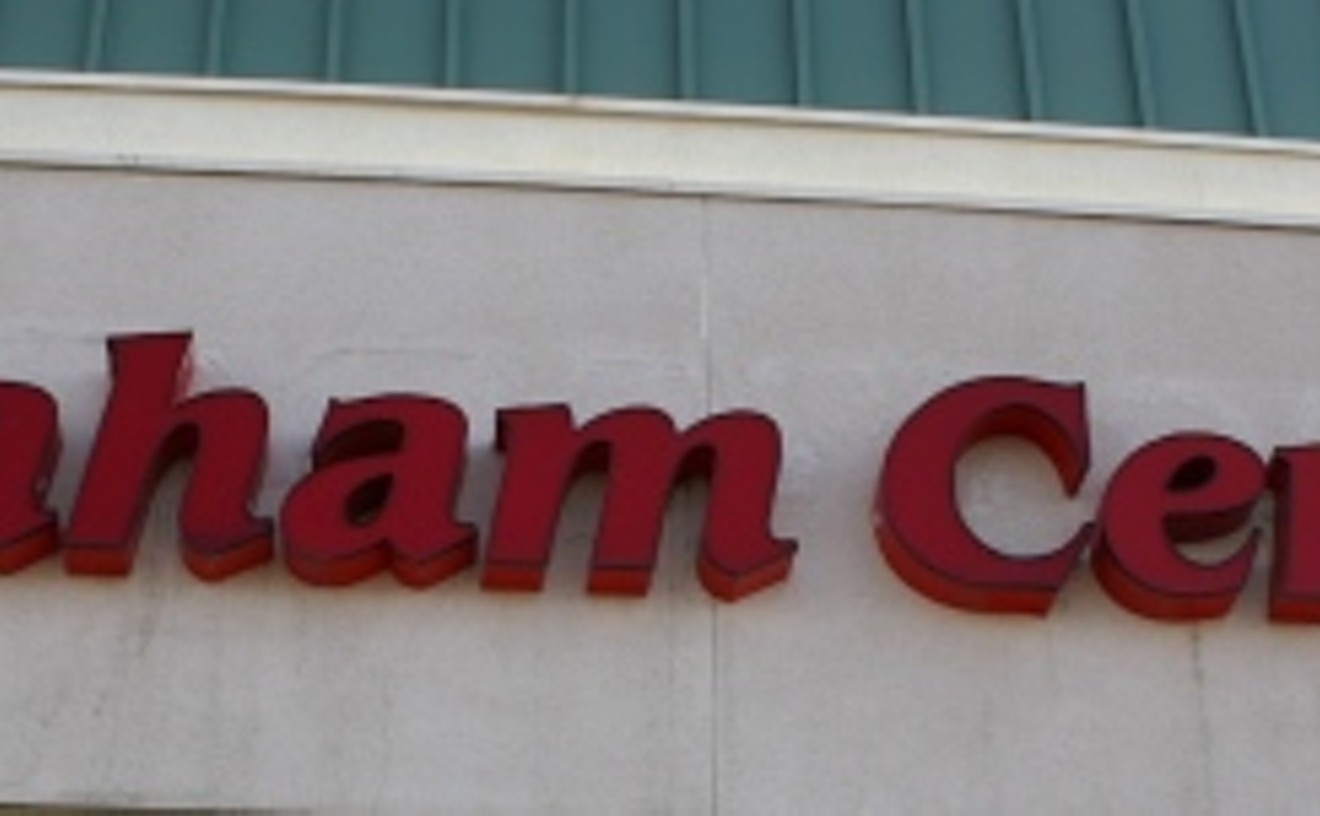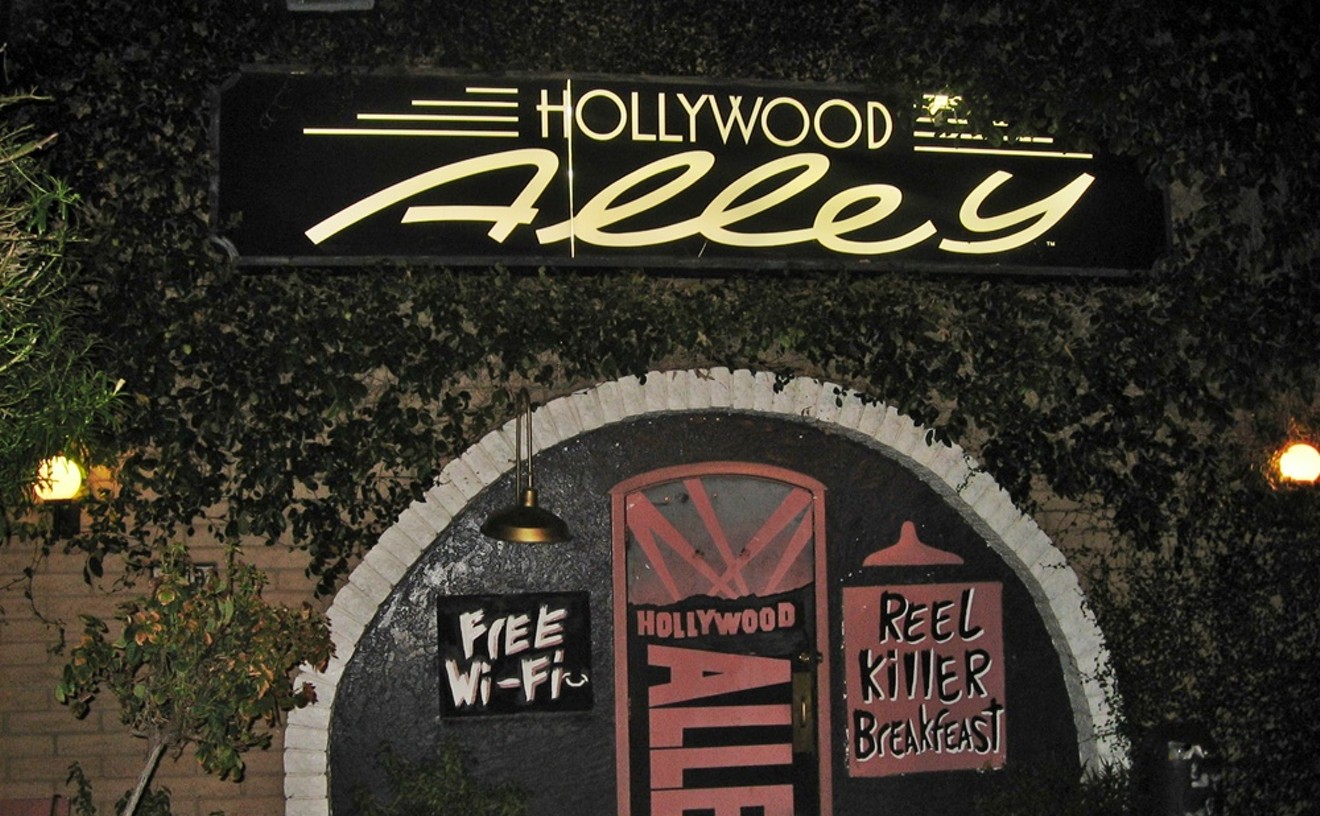Other signs read:
"The most important things can't be taught in a classroom."
"Network. It's not what you know it's who you know."
"Learn to Draw."
"Be kind to your knees."
"Don't talk about yourself too much."
"Don't eat tuna fish more than twice a week."
The signs made us think -- enough to call around and try to figure out what the heck was going on. Turns out, the public art project was a collaboration between ASU and the City of Tempe, the brainchild of an artist named Mary Lucking, who collaborated with members of the community to come up with the modern-day truisms.
ASU's Dianne Cripe reports some interesting reactions:
"Some people initially thought they were 'Burma-Shave-type' signs and were supposed to be read as a single message," she says.
One ASU music professor reported that he watched a woman pull up in her car to get a closer look at the "5 boyfriends" sign. She told him that was disgusting and changed it to read "1 boyfriend."
Cripe says: "Mary, the artist, thought that was amusing and then fixed it."








